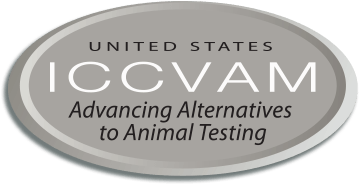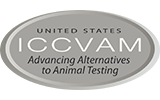SARA-ICE model for identification of skin sensitizers
NICEATM is collaborating with consumer products company Unilever to test and further develop their Skin Allergy Risk Assessment (SARA) predictive model (Reynolds et al. 2019) using data from NICEATM’s Integrated Chemical Environment (ICE) resource (SARA-ICE). SARA-ICE is a computational model that uses a variety of input data to estimate a probability that a chemical will cause an allergic skin reaction in humans. It improves upon other similar models by providing a point-of-departure for quantitative risk assessment applications. The model uses publicly available data on 443 chemicals from the ICE database and Unilever SARA and Cosmetics Europe databases and has been applied in several case studies focused on different chemical classes. The SARA-ICE model is under evaluation for inclusion in OECD Test Guideline 497 as a defined approach (DA) for derivation of points-of-departure. One project undertaken during 2022 and 2023 explored the application of SARA-ICE to a diverse set of chemicals nominated by multiple U.S. federal agencies for testing in in vitro skin sensitization assays. The study showed that for this challenging chemical set the SARA-ICE model performs as well as or better than other skin sensitization DAs that are already accepted for regulatory use, and has the advantage of providing a point-of-departure for quantitative risk assessment applications. In a second project, the SARA-ICE model was then applied to provide point-of-departure estimates and hazard classification for six isothiazolinones, a group of broad-spectrum preservatives. This case study demonstrated that the SARA-ICE model can accurately categorize skin sensitization hazard and potency using in vitro and in vivo data inputs and provide quantitative estimates of human potency that include uncertainty. This work is described in a publication being prepared for submission in 2024 (Reinke et al. 2025). This model is an important tool to assess the probability that exposure to a chemical of interest is “low risk” and to support diverse regulatory decision frameworks.



